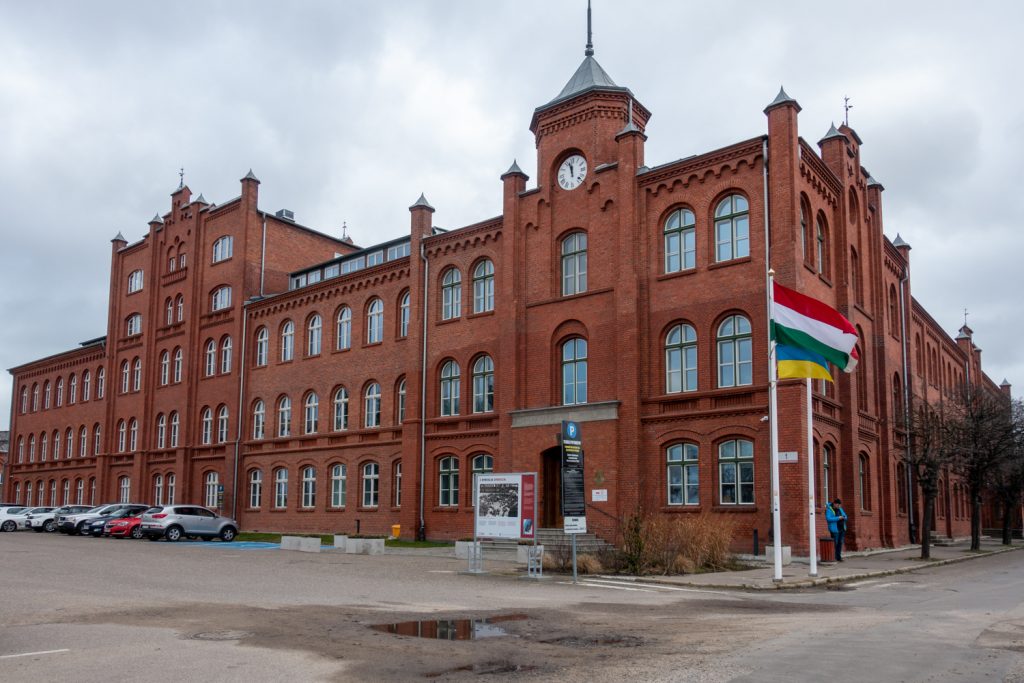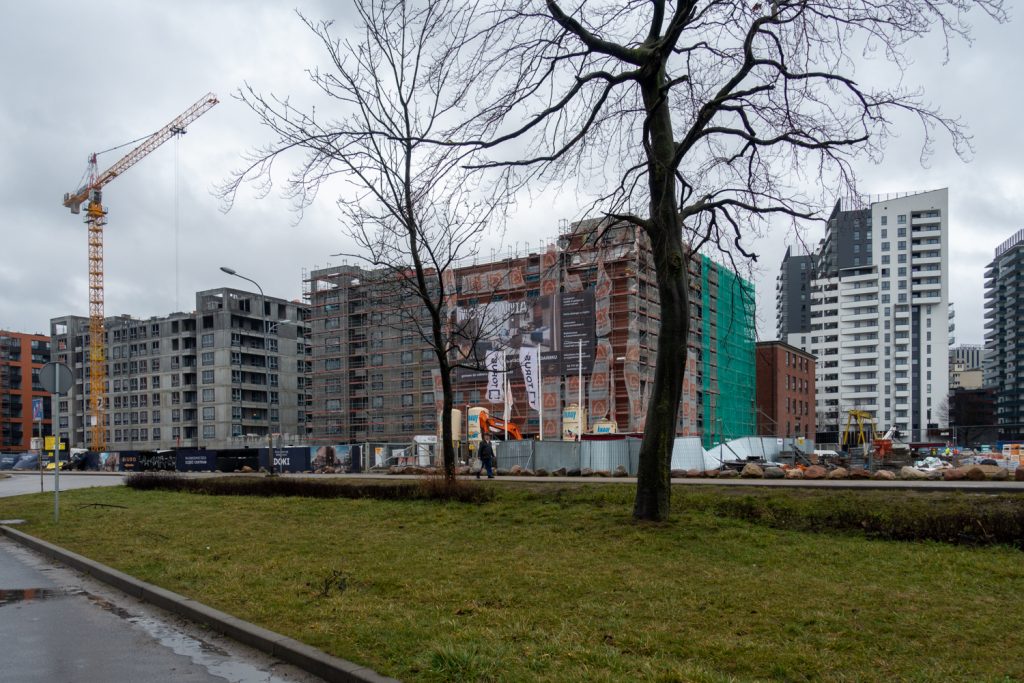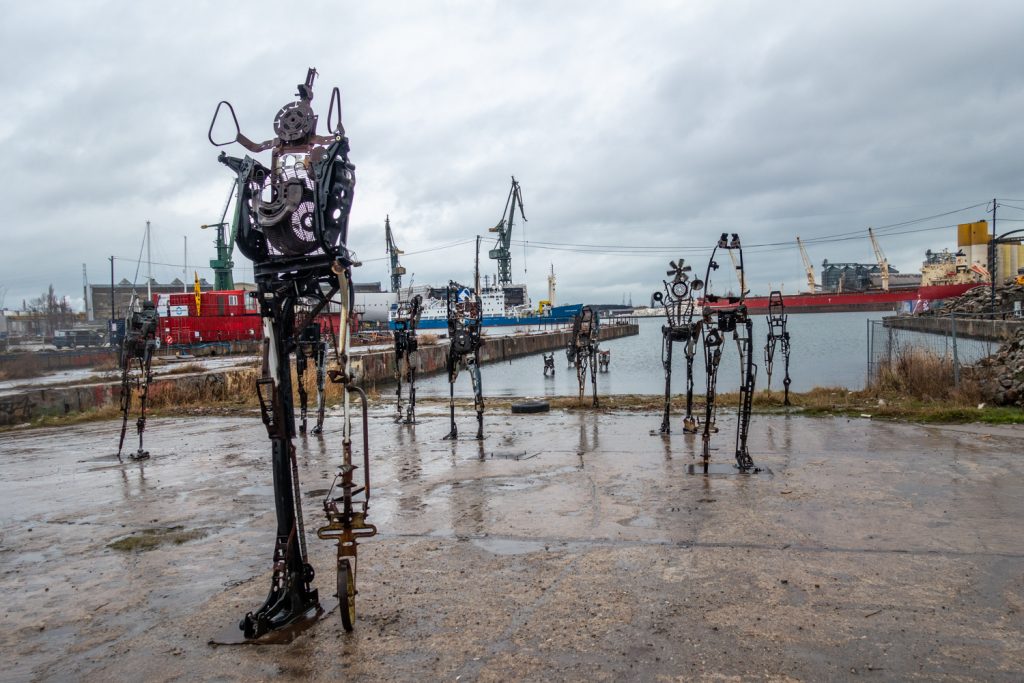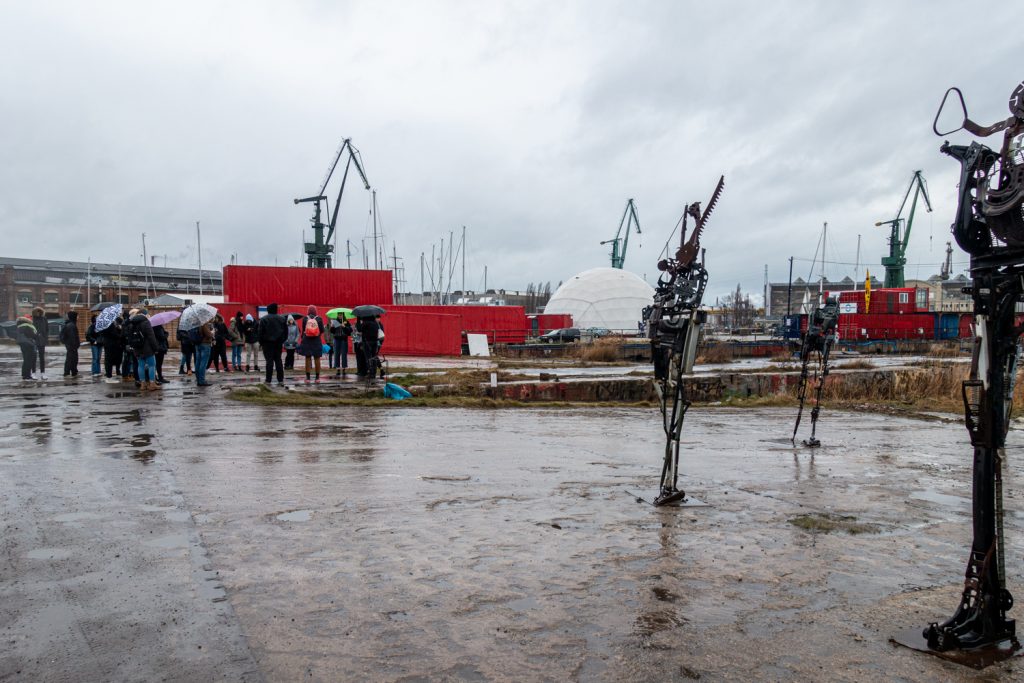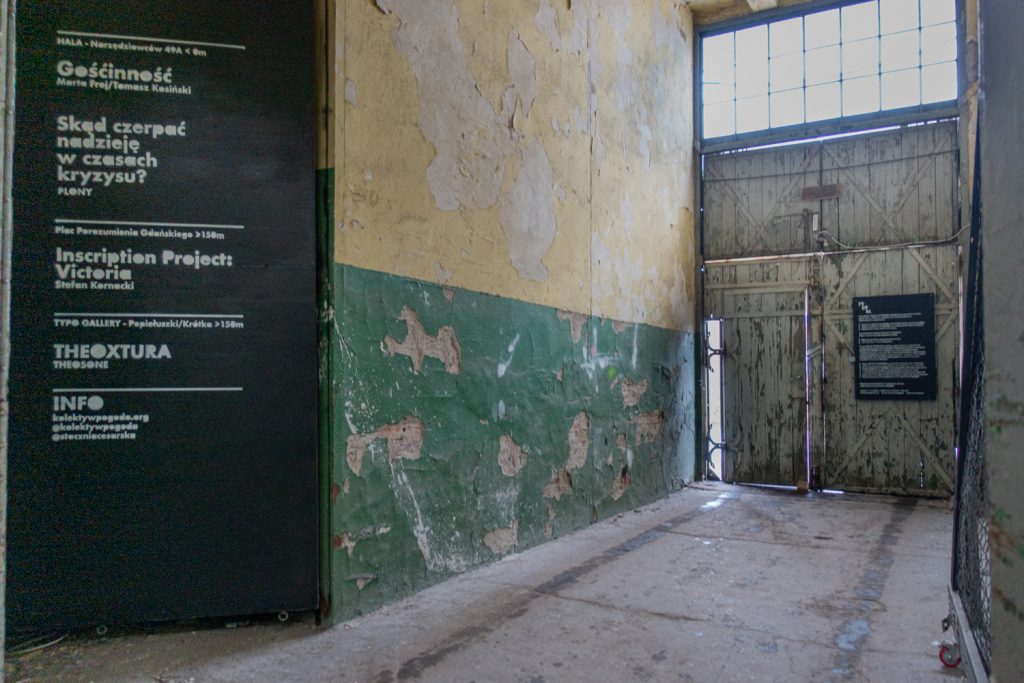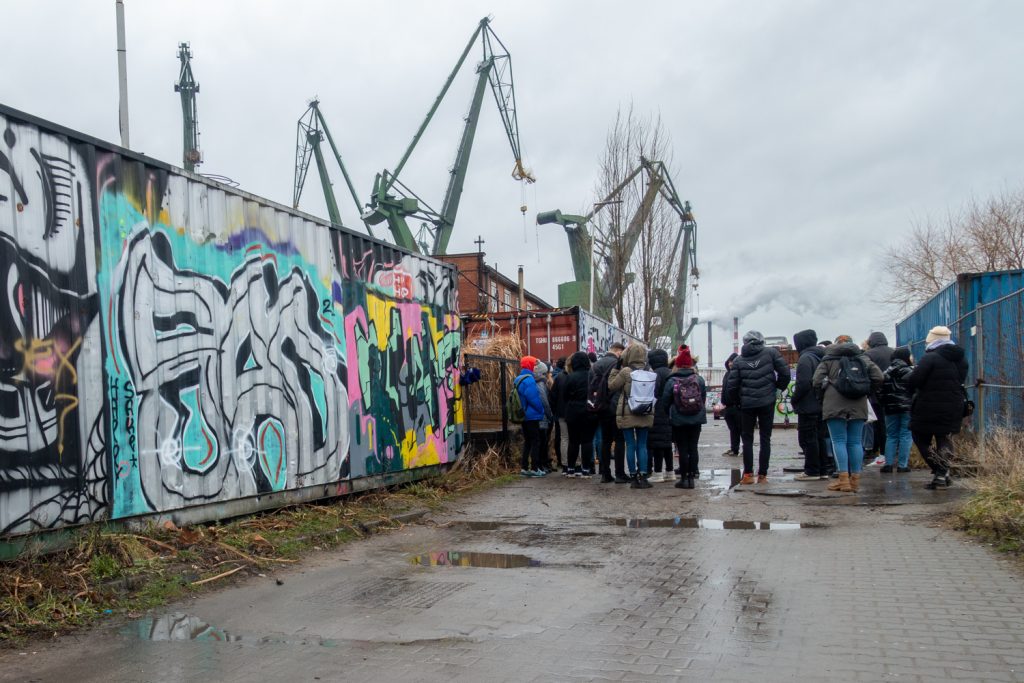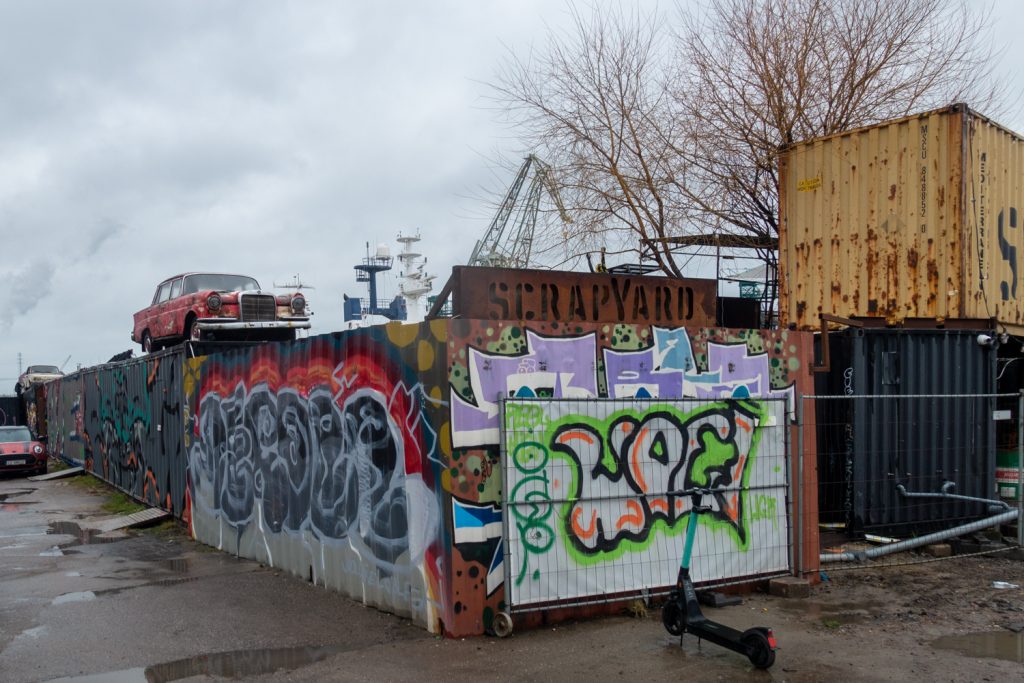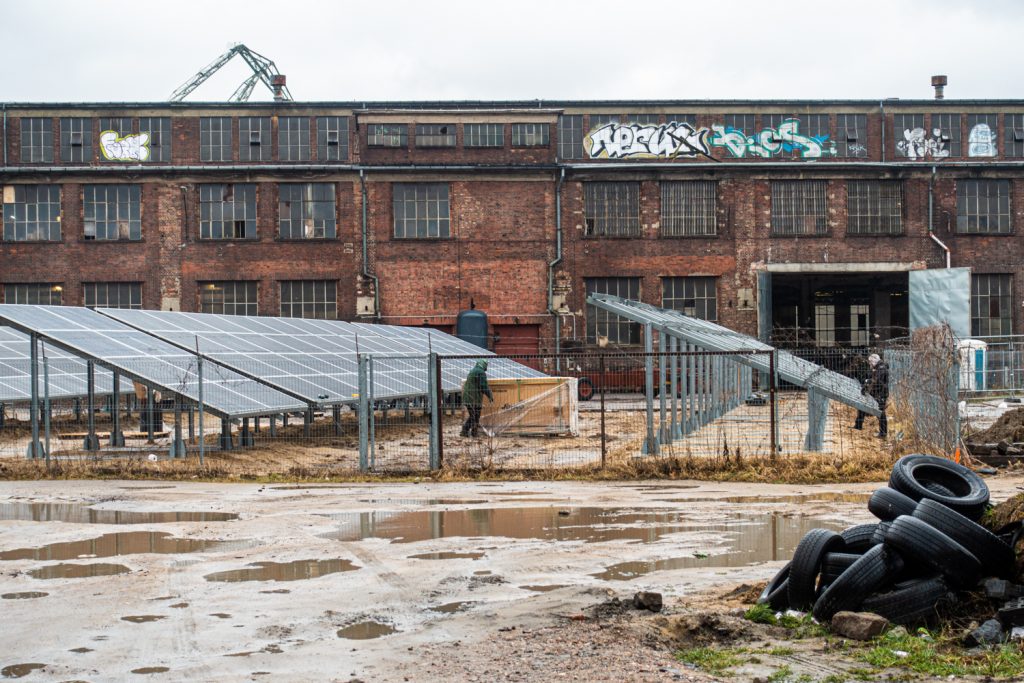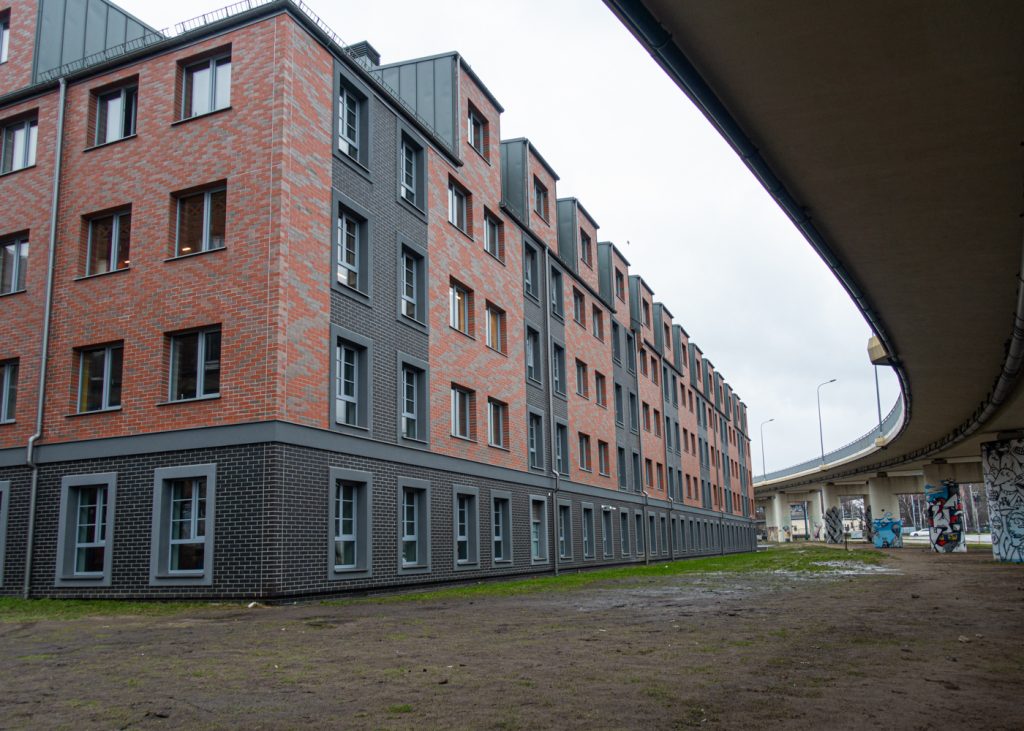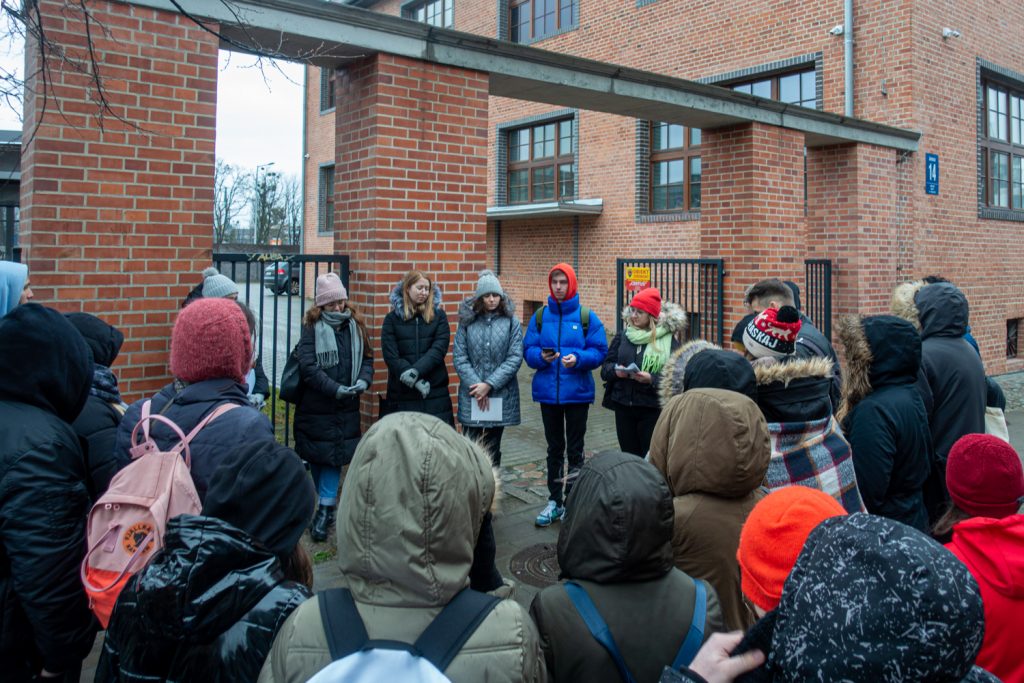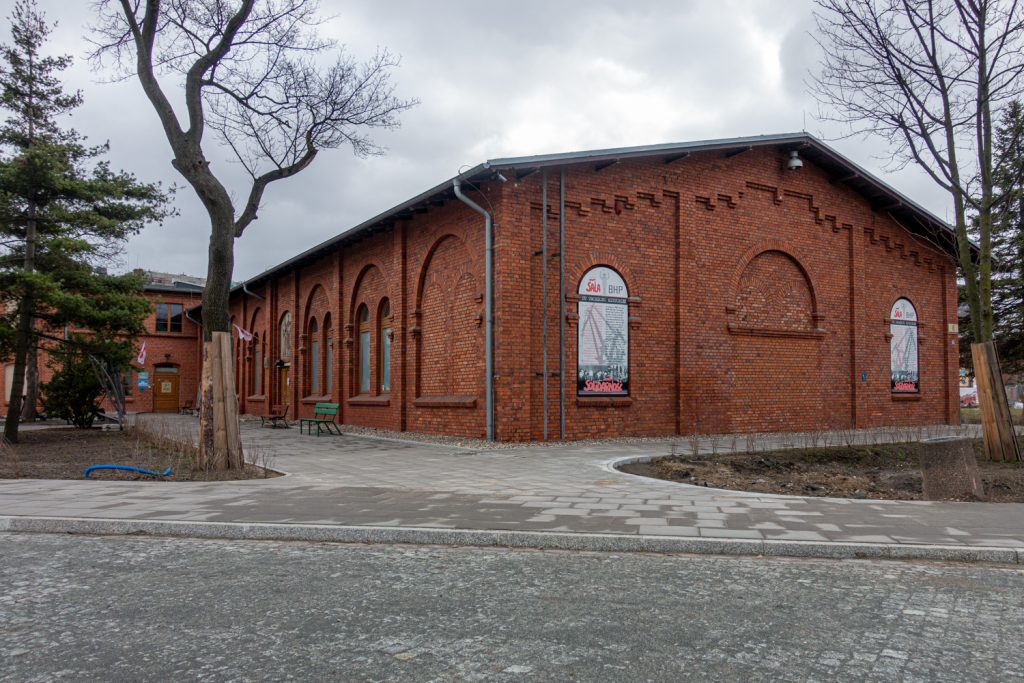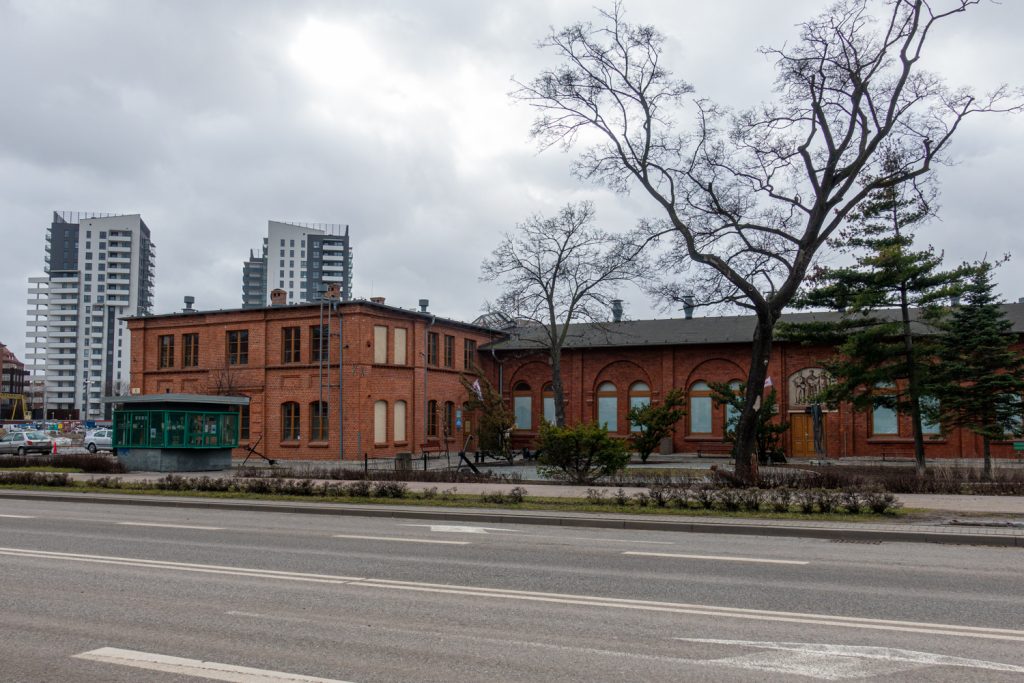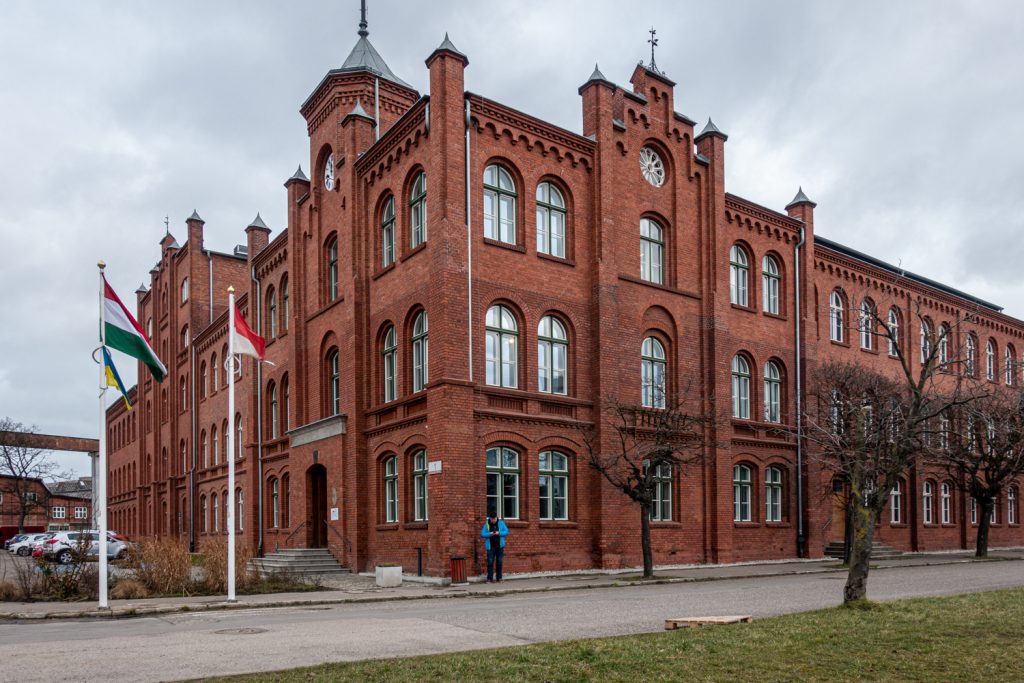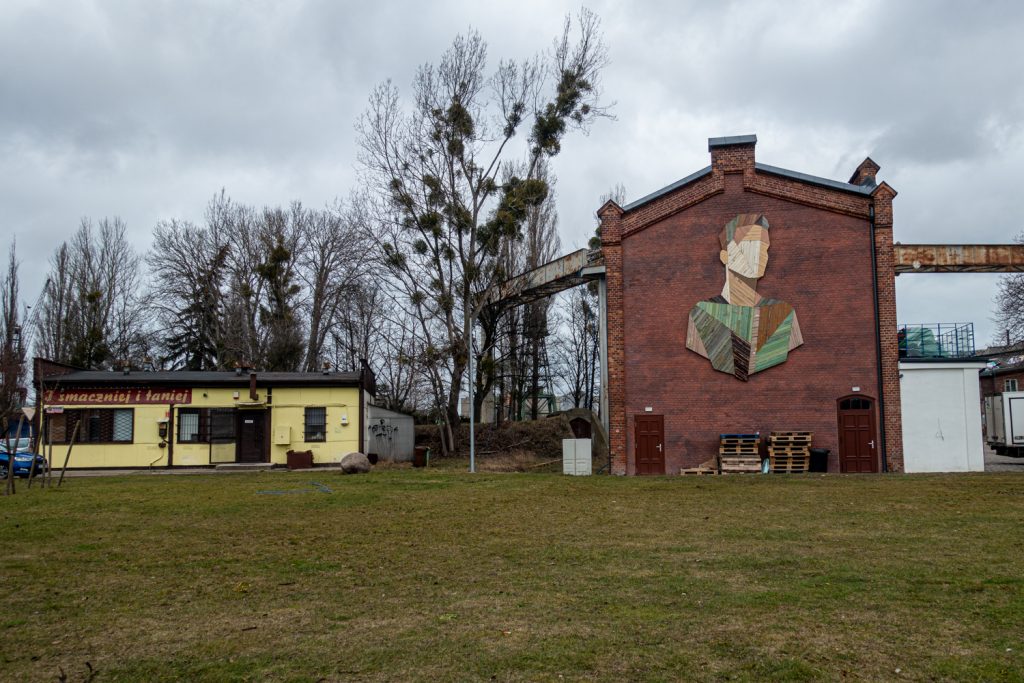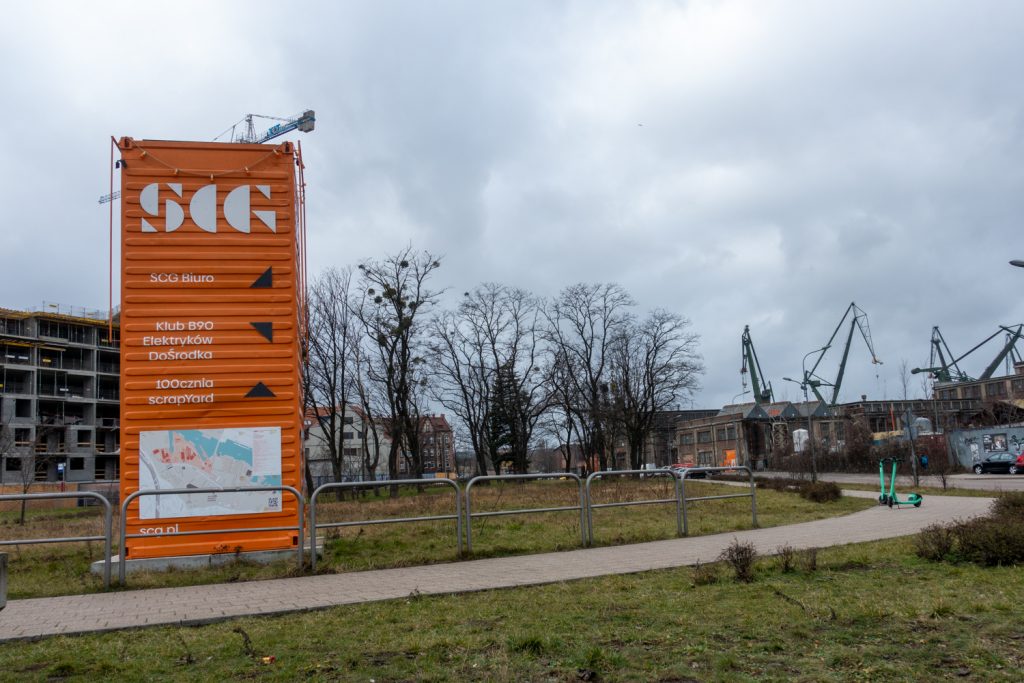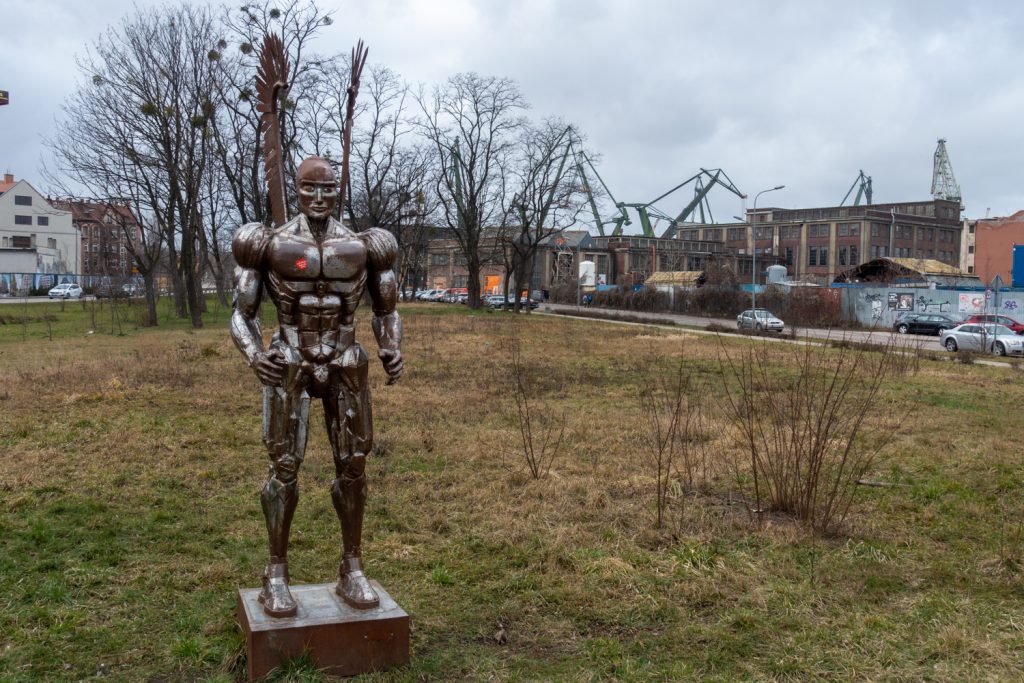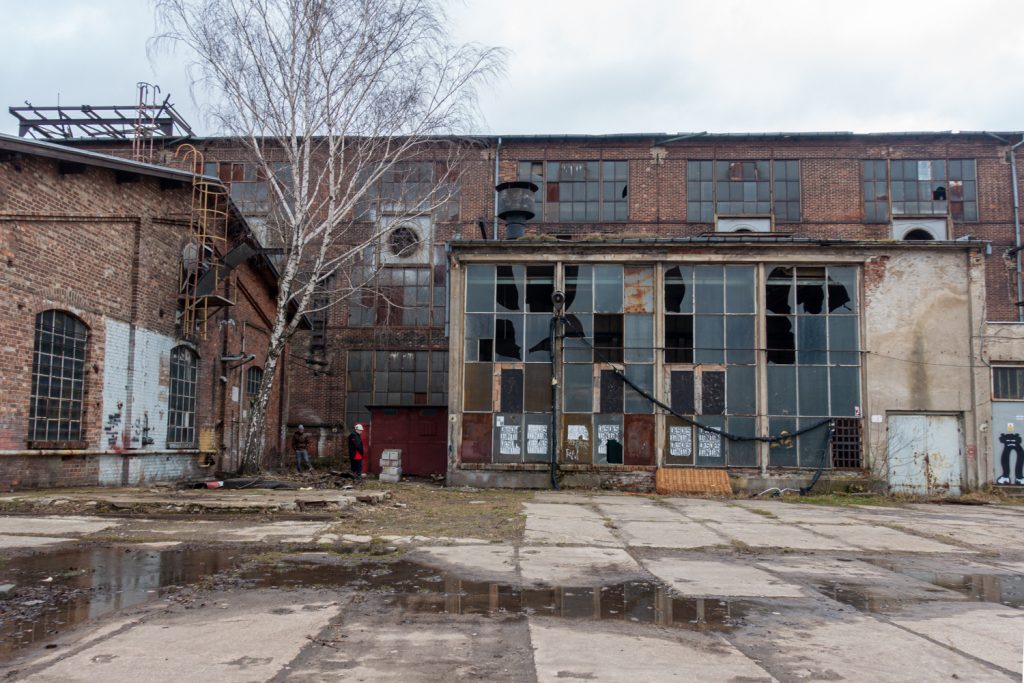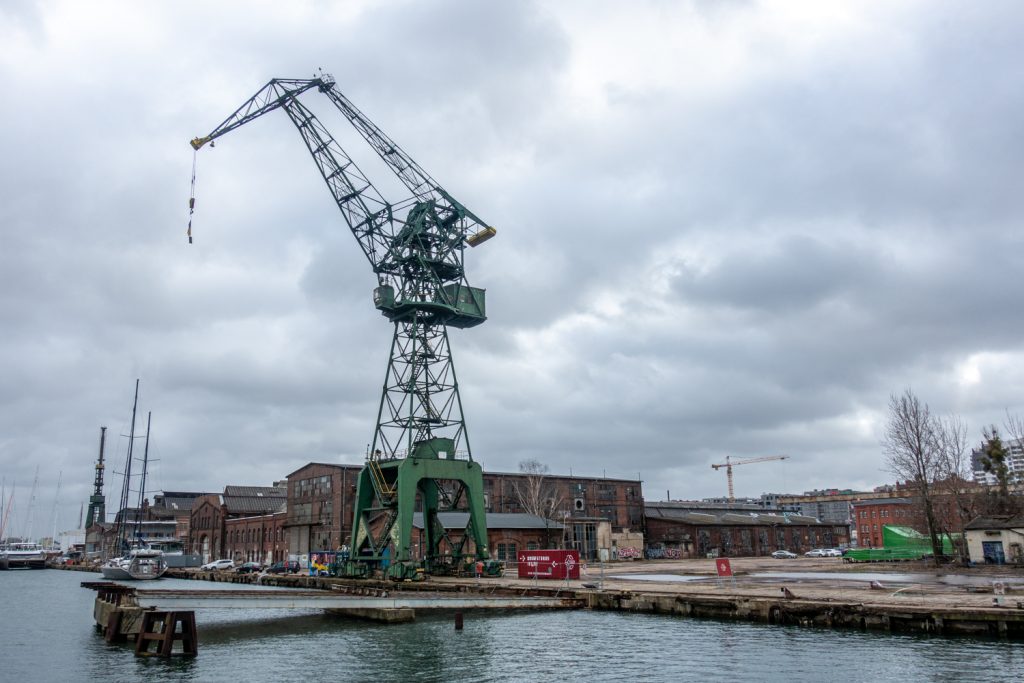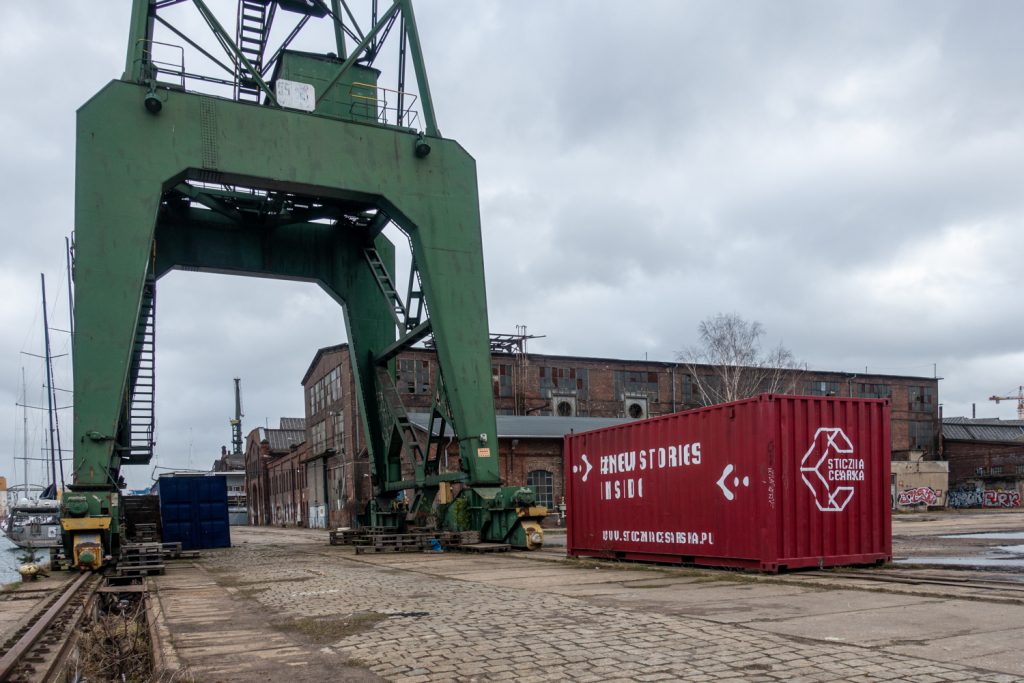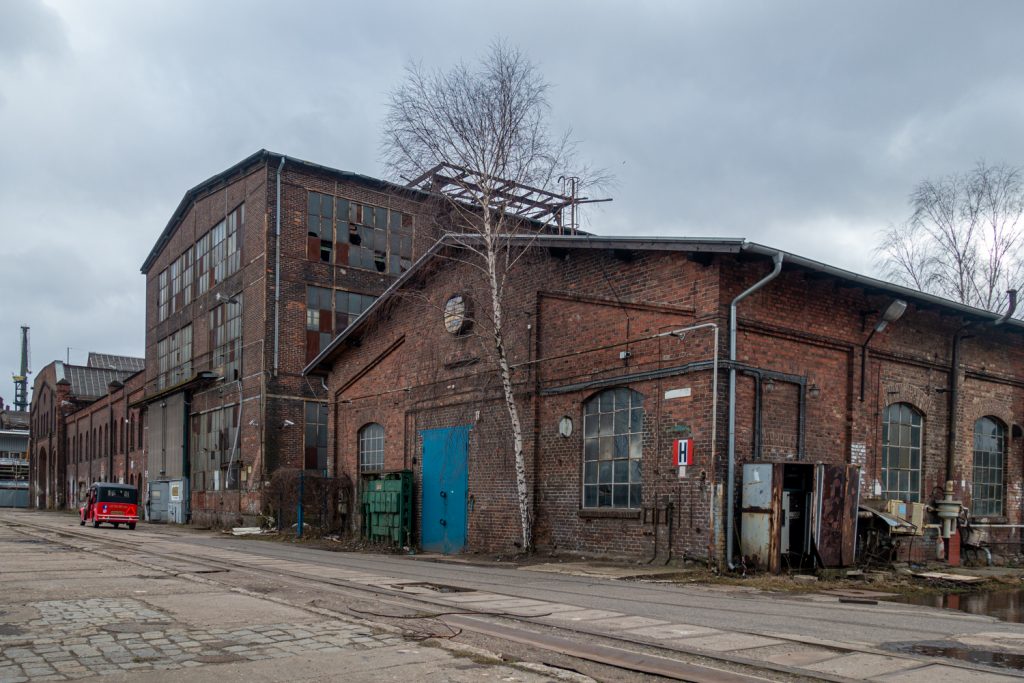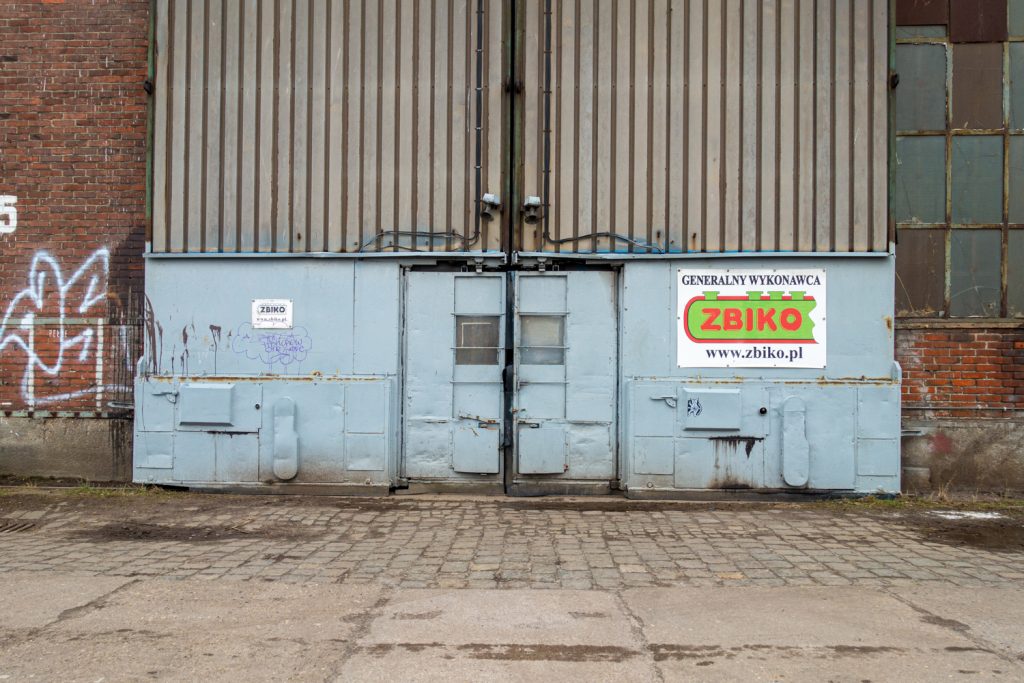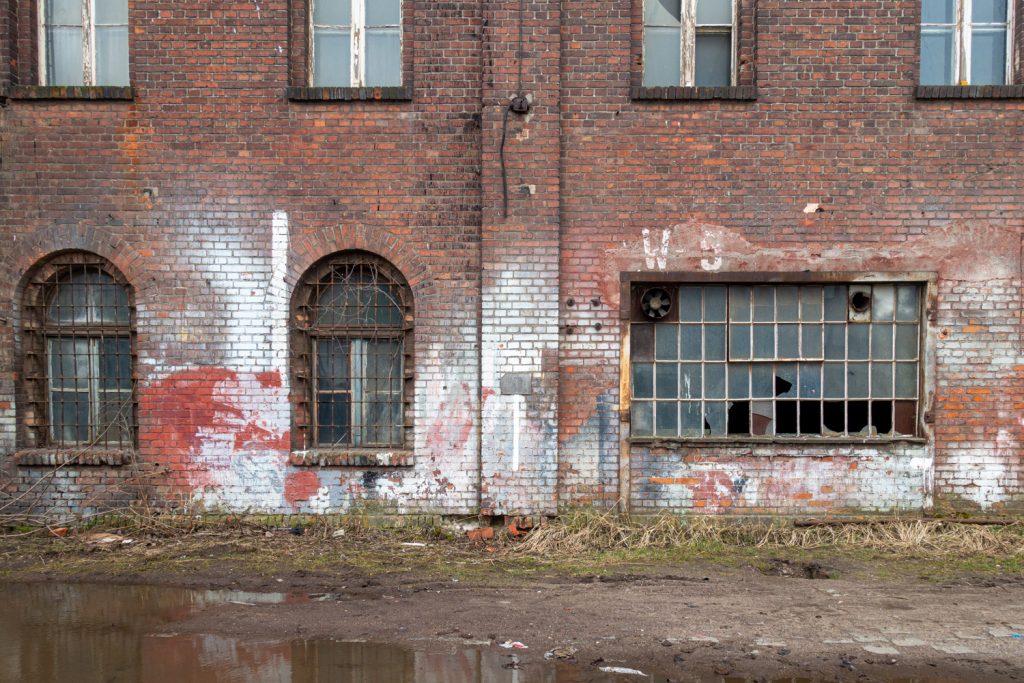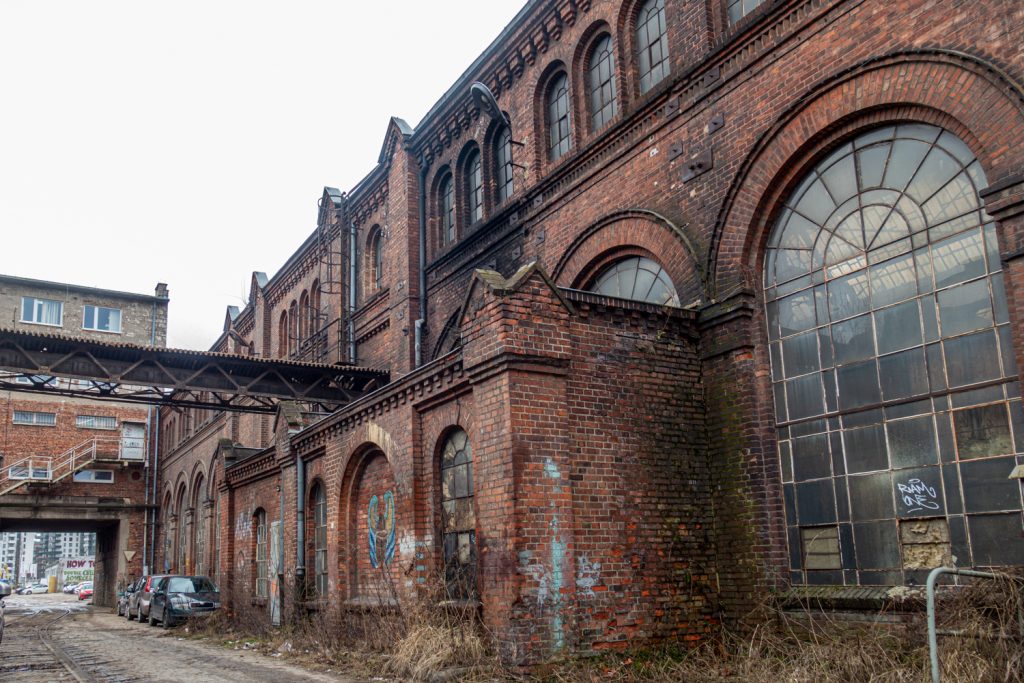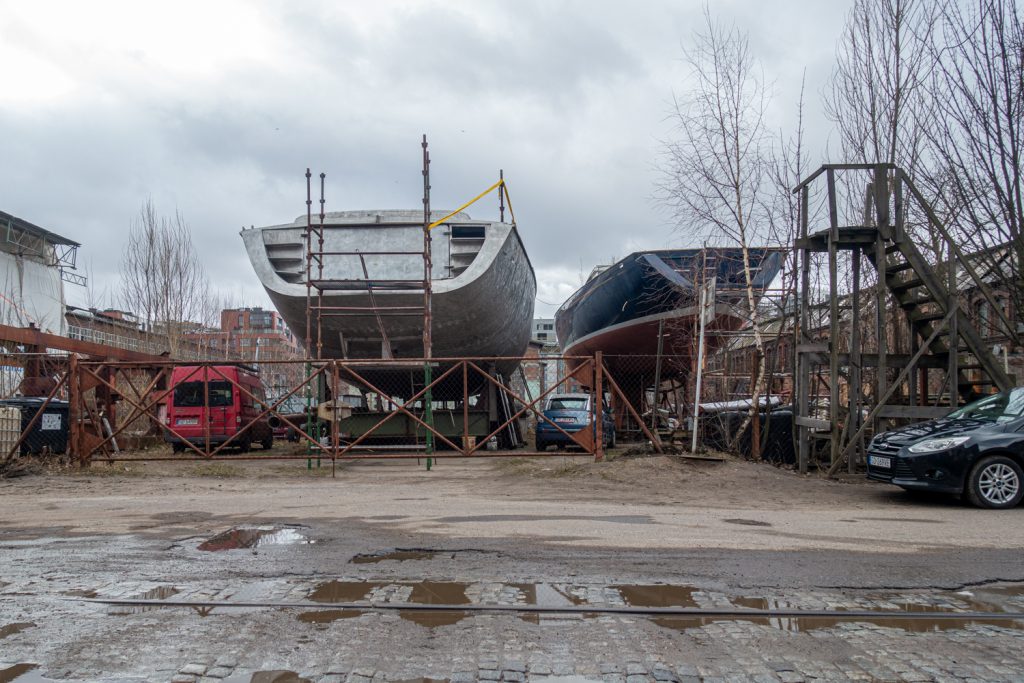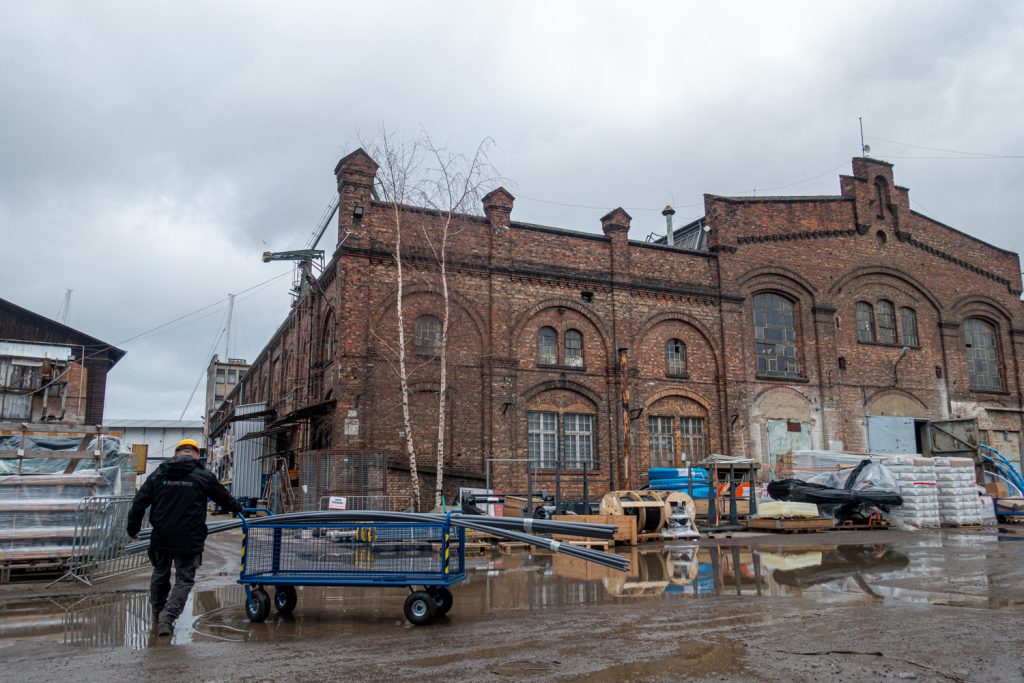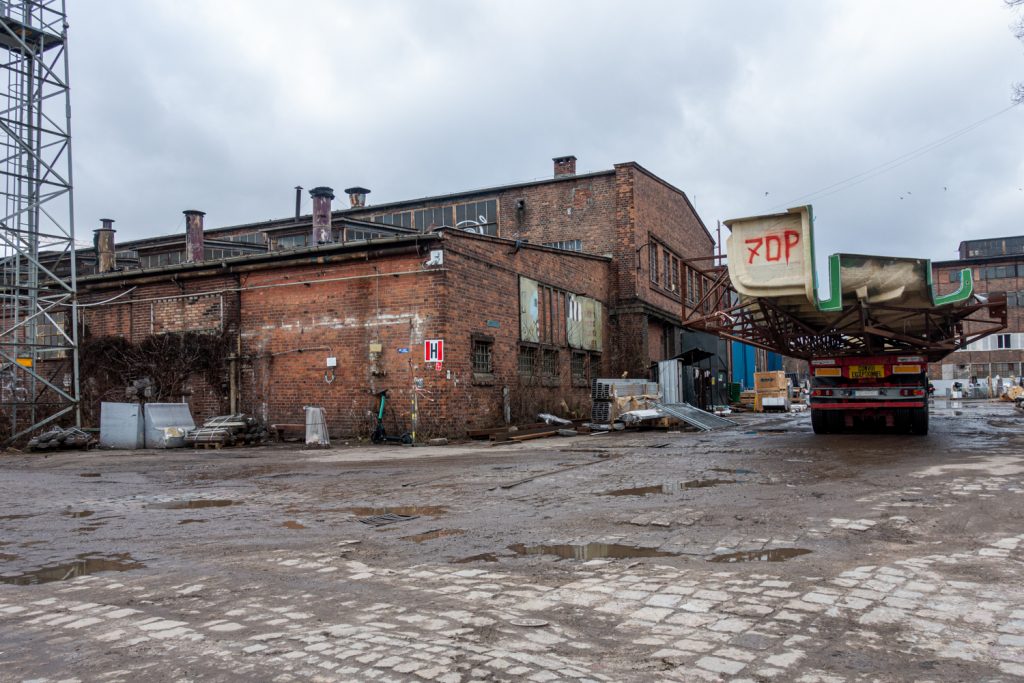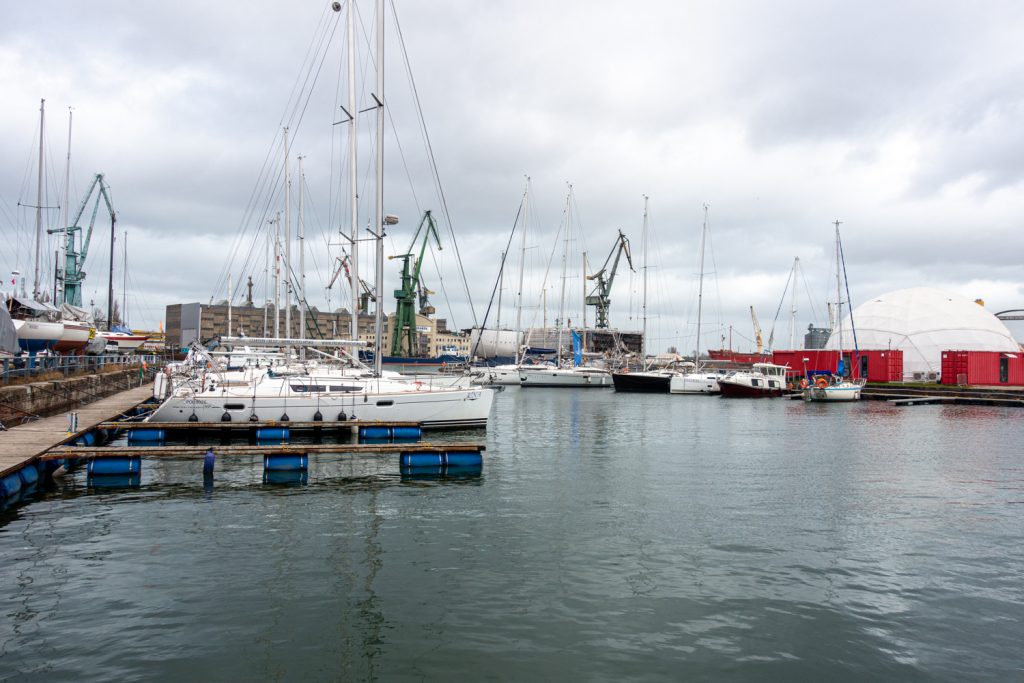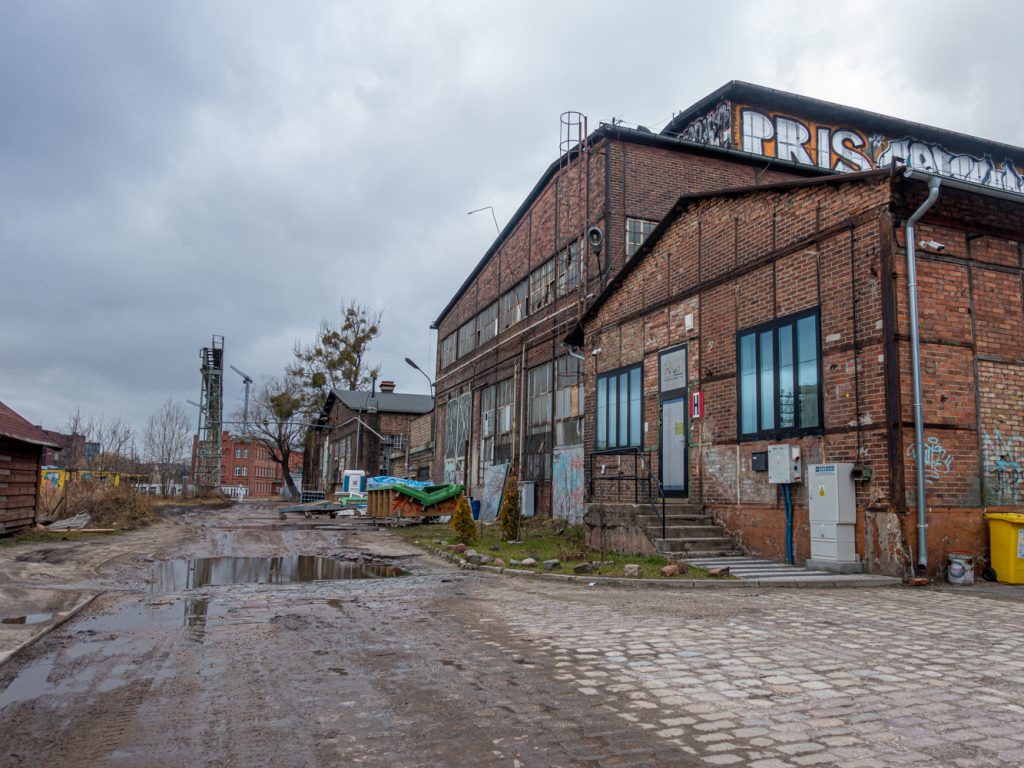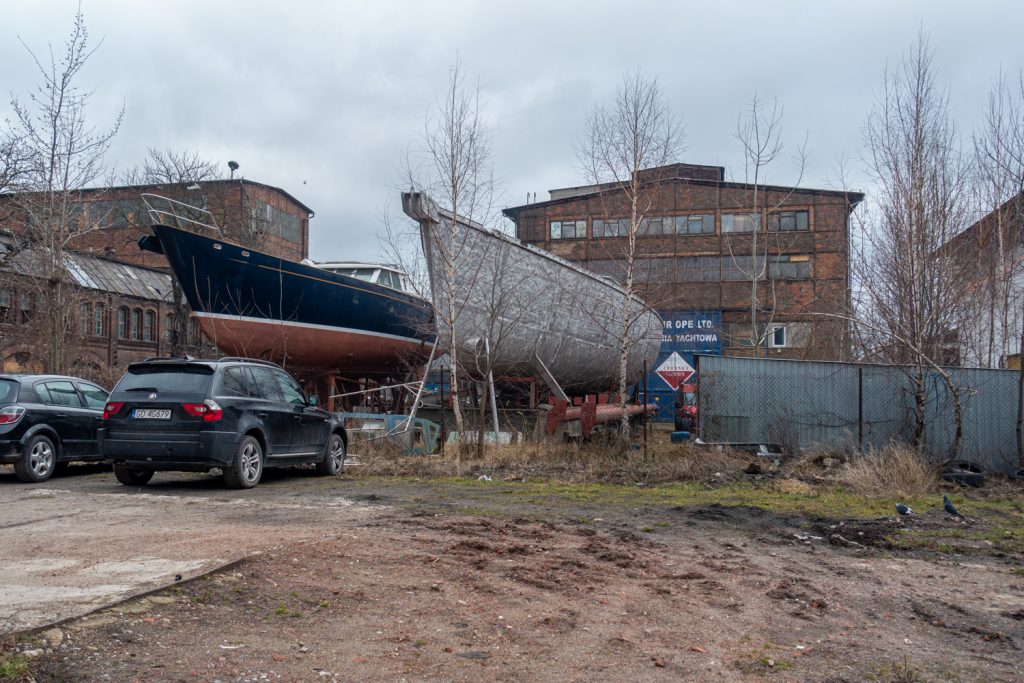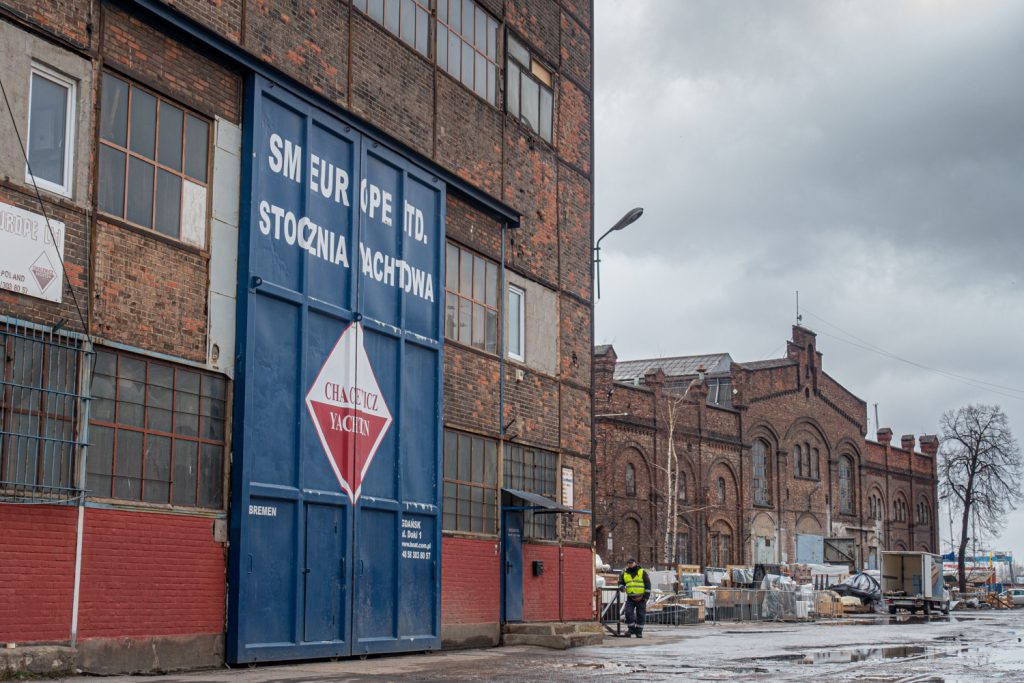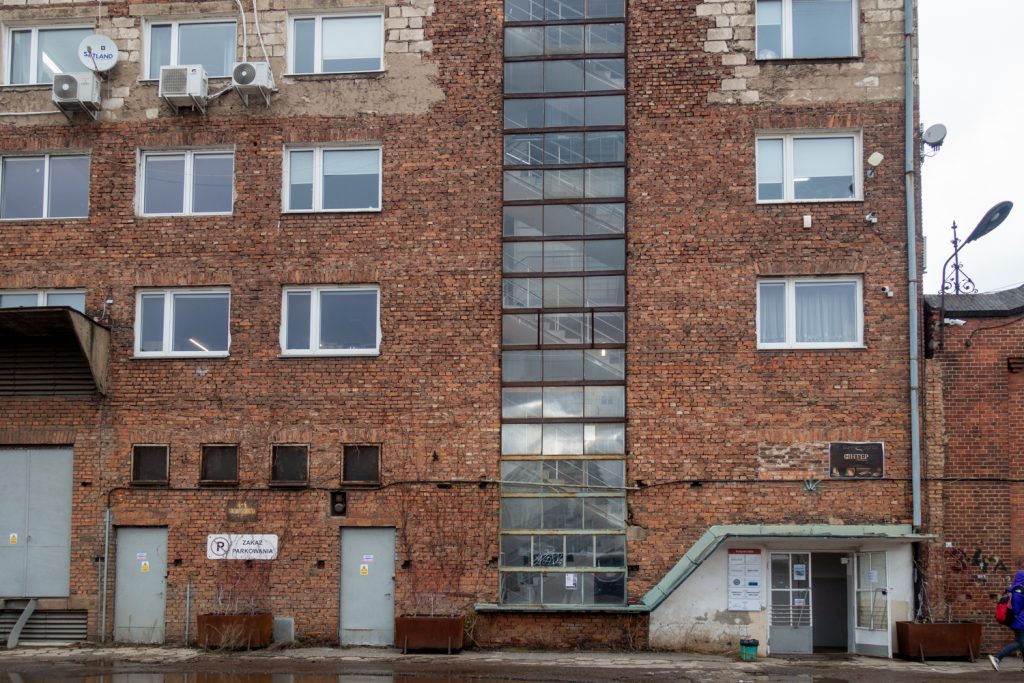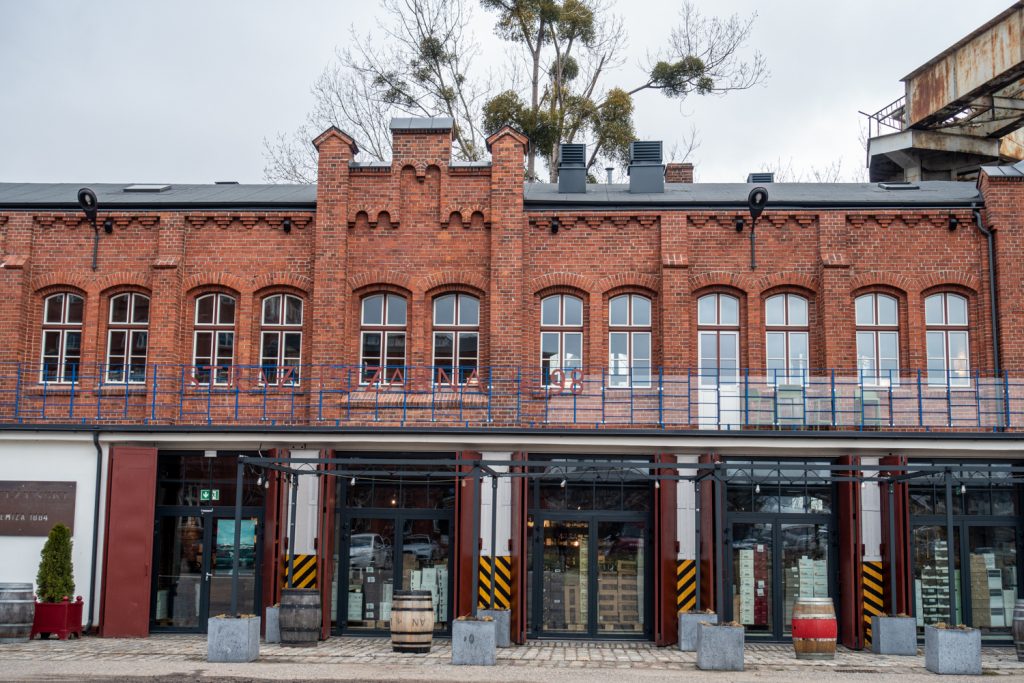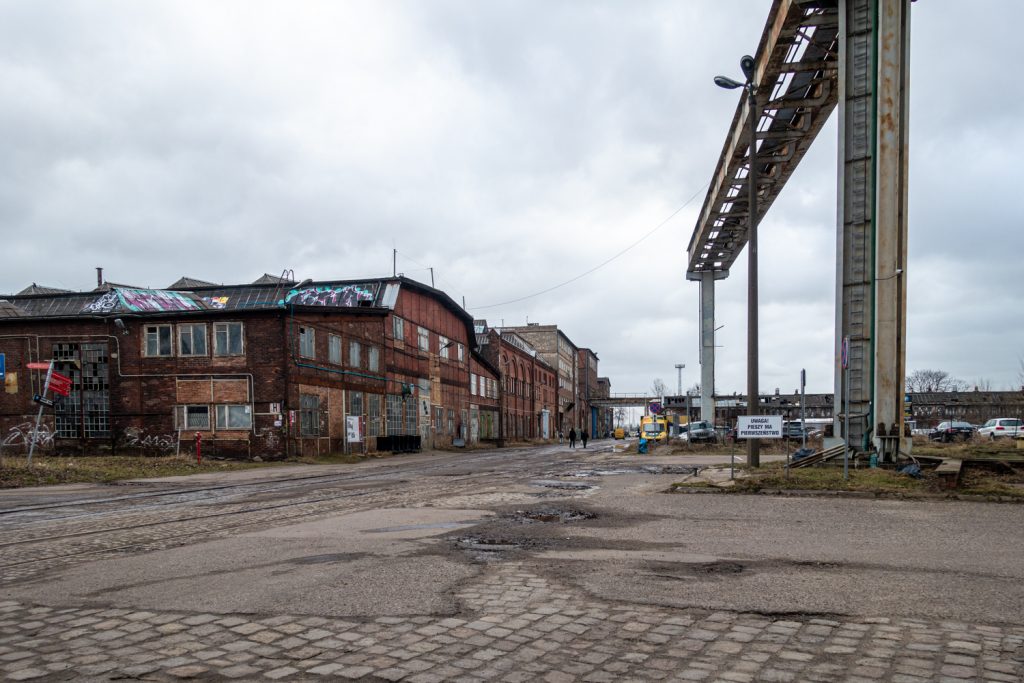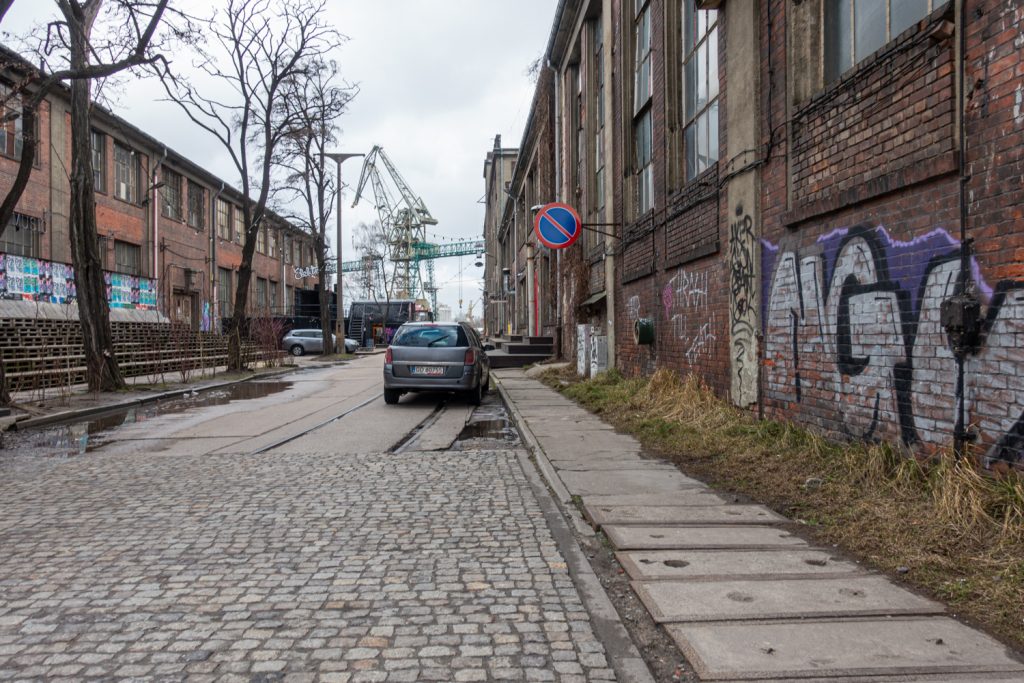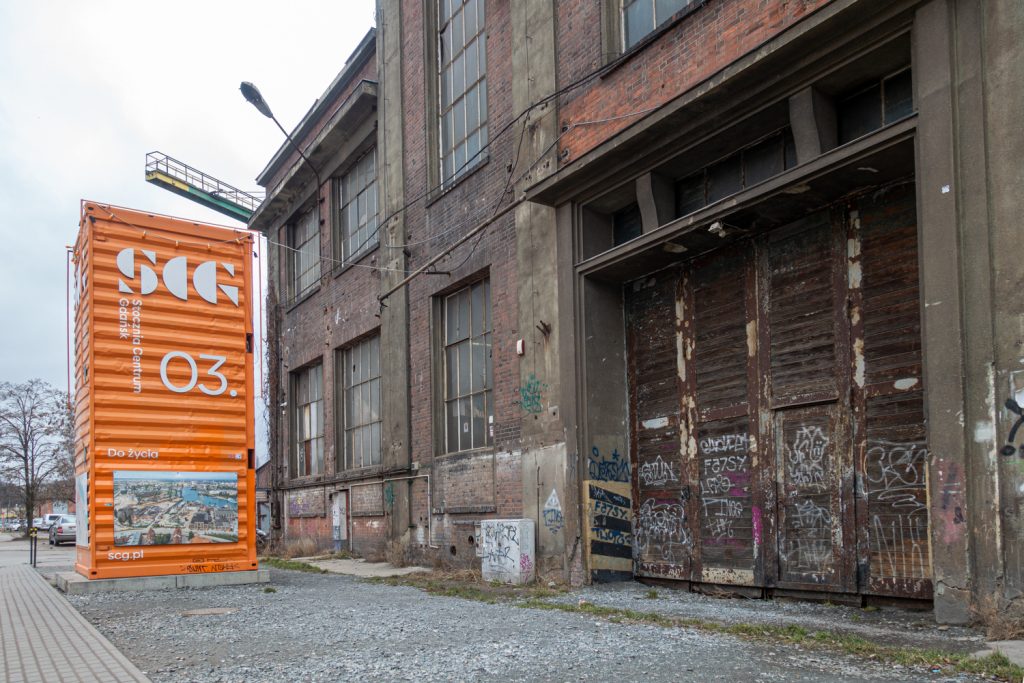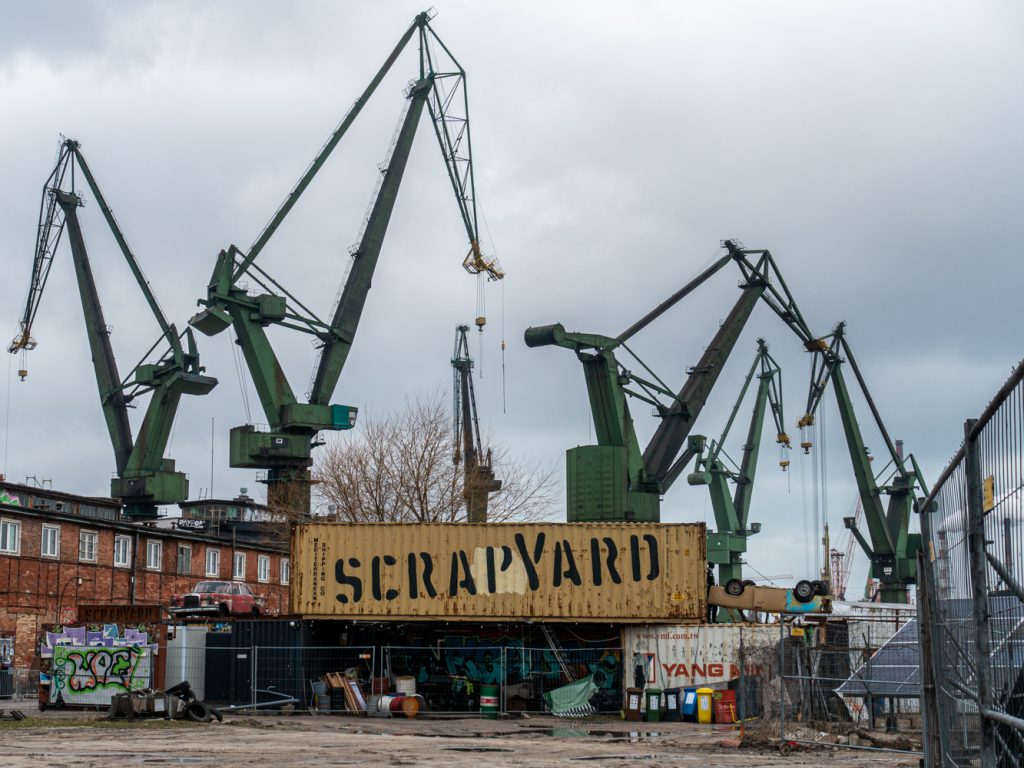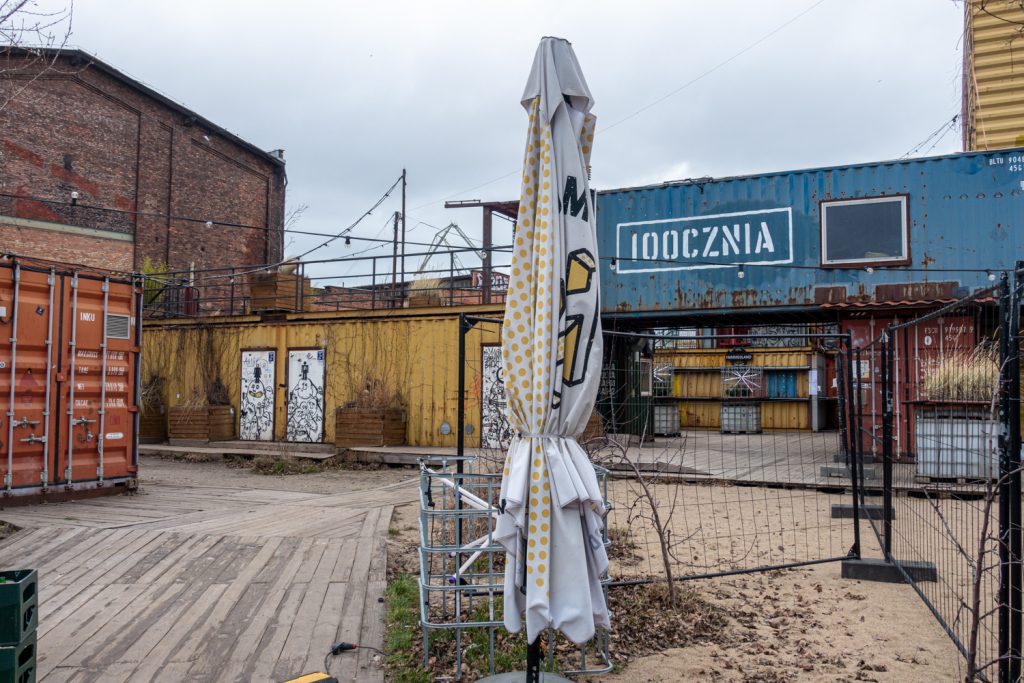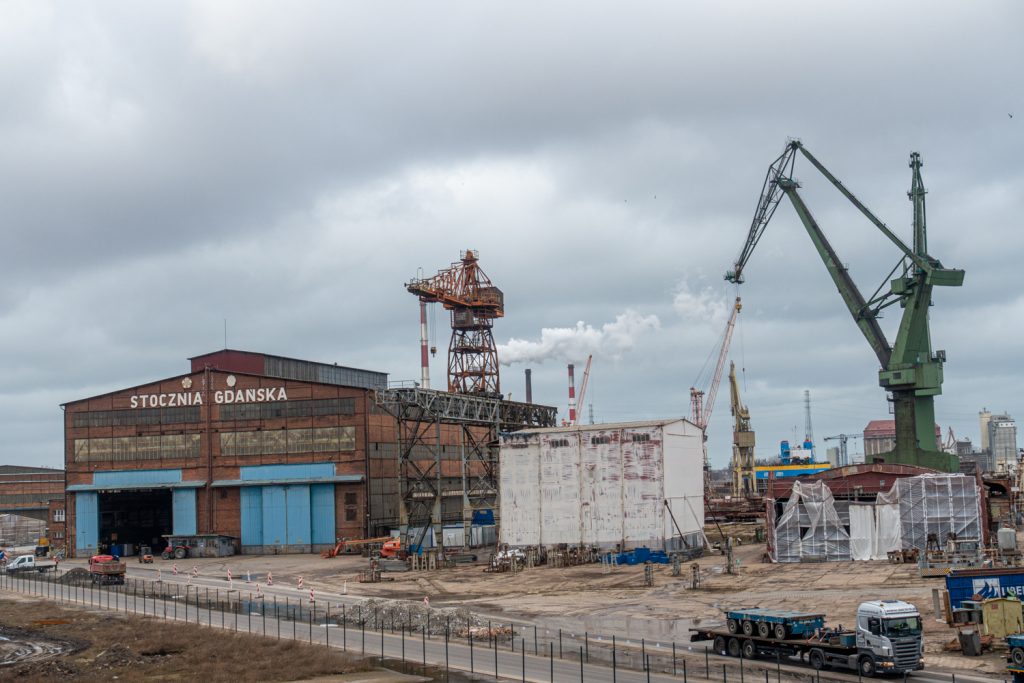Artistic colonisation of the former Gdansk Shipyard area
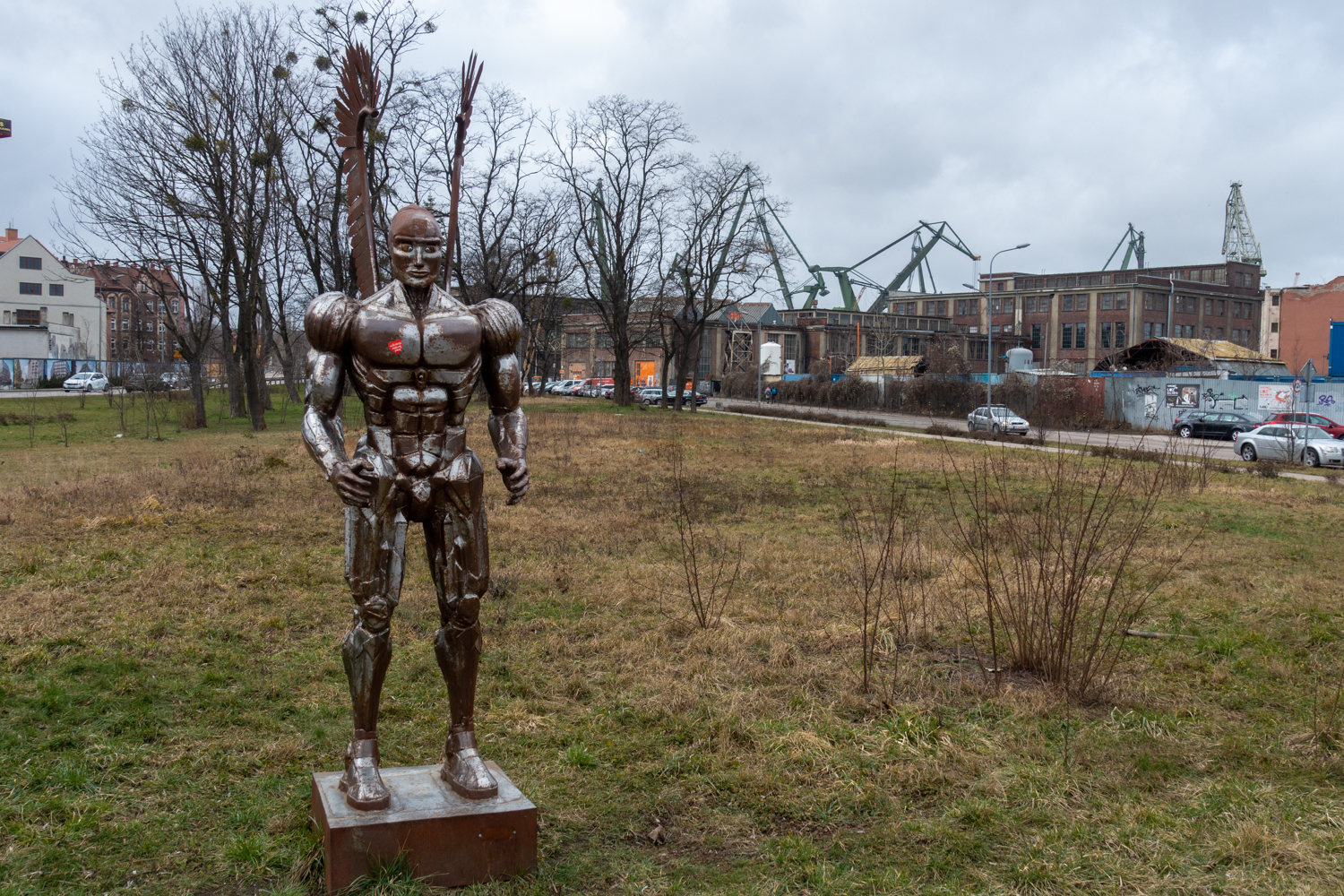
A field exercise in social geography was held on 20-24 February with the participation of second-year geography students. The topic of the activities was ‘Revitalising urban post-industrial spaces on the example of artistic colonisation of the former Gdańsk Shipyard’.
The field exercises were led by Dr Maja Grabkowska and Dr Rafał Gajewski from the Department of Socio-Economic Geography at the University of Gdańsk, as well as by Prof Mariusz Waras from the Academy of Fine Arts in Gdańsk, who has been continuing his artistic activities in the area of the former Gdańsk Shipyard.
The main points of the exercise were: a walk through the former Gdańsk Shipyard area in the footsteps of the artistic colonisation of the area; a visit to an exhibition at the European Solidarity Centre on the life of shipbuilders; a meeting with a representative of the Stocznia Cesarska Development; and a workshop on the development of the post-shipyard area. The above activities were intended to help the students prepare for their course work.
During a walking tour of the former Gdańsk Shipyard grounds, we visited seven sites of former or current artistic activities. Students talked, e.g., about the history of the Artists’ Colony and the Znak Theatre, the transformation of Elektryków Street, and the establishment of the New Museum of Art (NOMUS). During a meeting with a representative of Stocznia Cesarska Development – at the headquarters of this developer, located in the former Shipyard Directorate building – we heard in turn about the development plans for the Imperial Shipyard, as well as the first investments in the area. During a workshop on developing post-shipyard areas in Gdansk, students were asked to design their own visions for their regeneration. This was inspired by a case study on the urban development of post-shipyard areas in Rotterdam, presented by Dr Peter Nientied from Rotterdam (Polis University, Tirana). Lively discussions accompanied the students’ presentations, and we have kept many of their ideas – mainly related to opening up the shipyard areas to water.
We want to thank Dr Peter Nientied for his presence during the exercises and his inspiring lecture on the ‘KopvanZuid’ and ‘Katendrecht’ districts of Rotterdam, and Ms Aleksandra Grzonkowska, Custodian of NOMUS, for making the room available for the workshop.
We encourage you to look at the photo gallery of the walk through the former Gdansk Shipyard area by Dr Peter Nientied.

